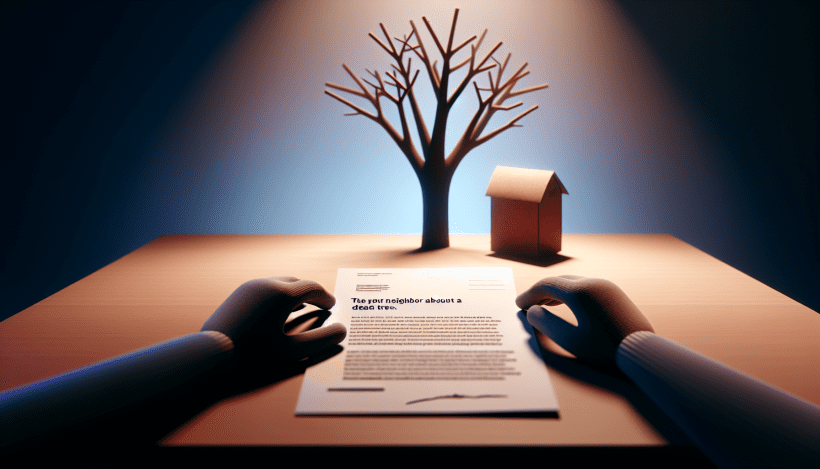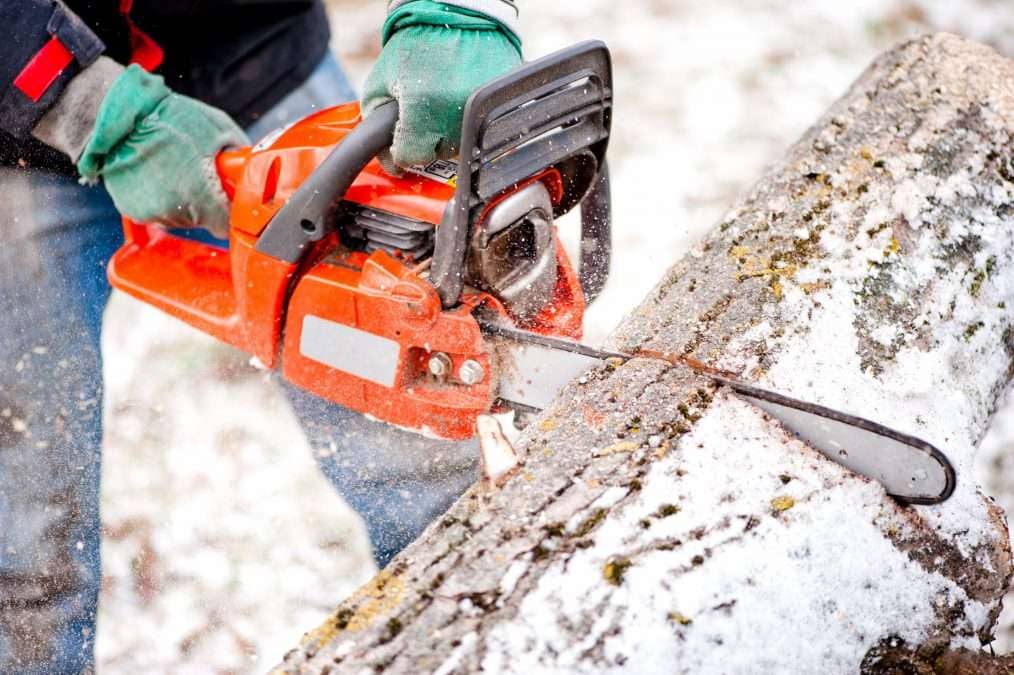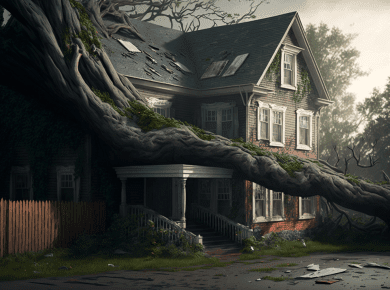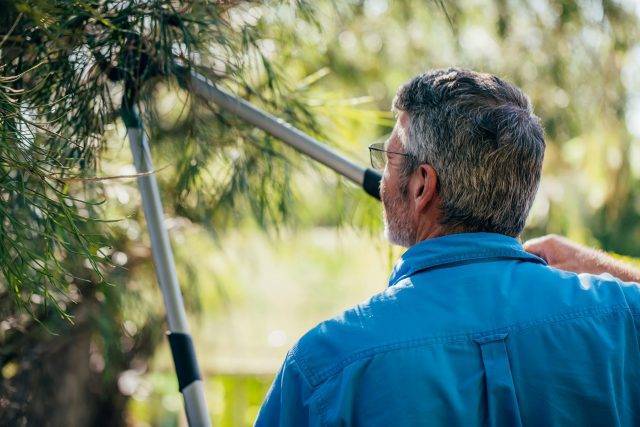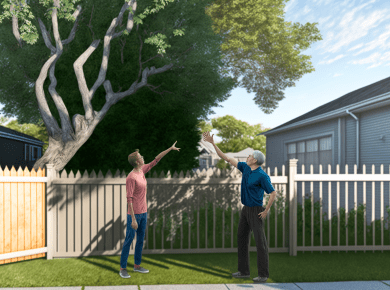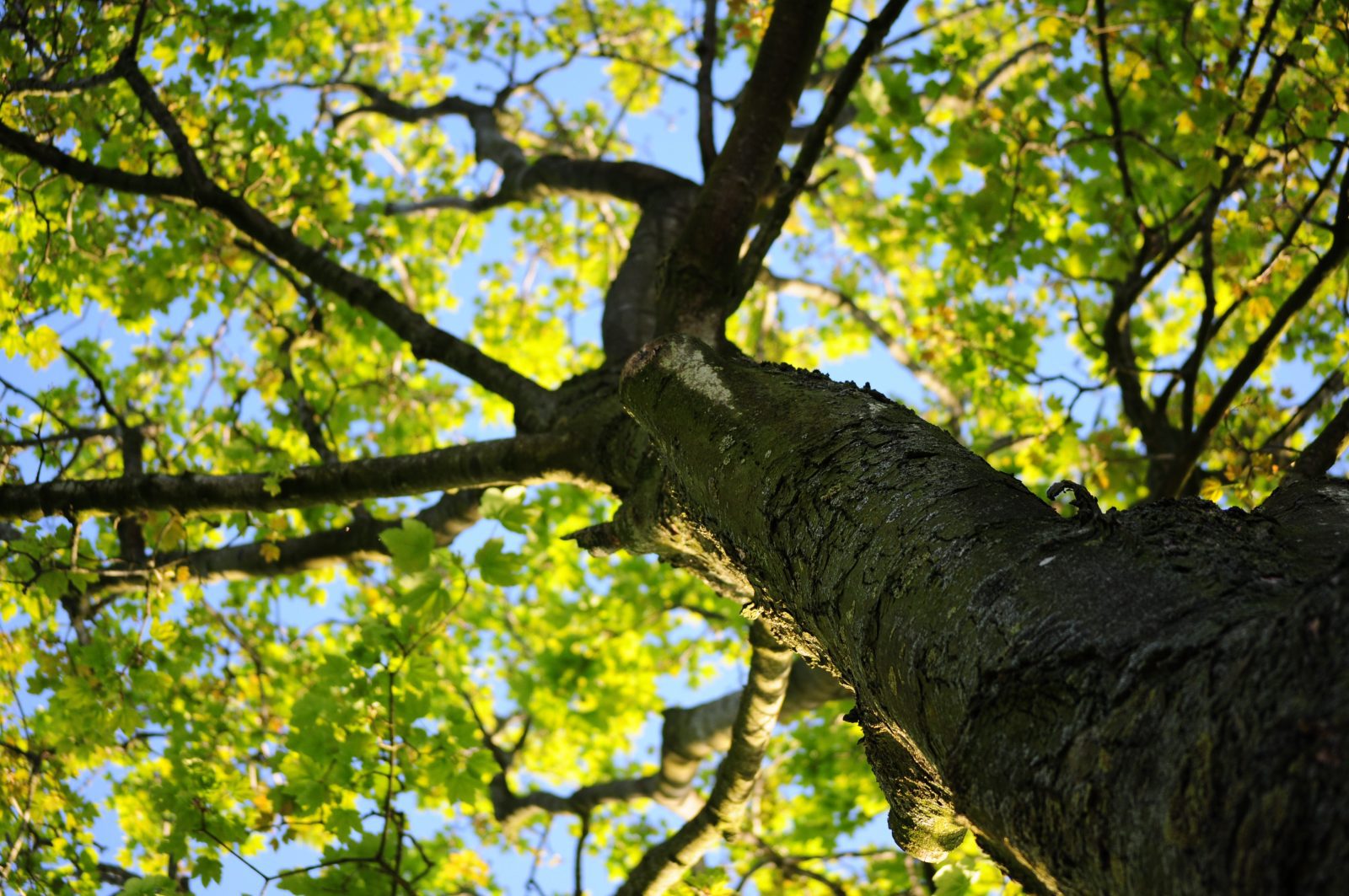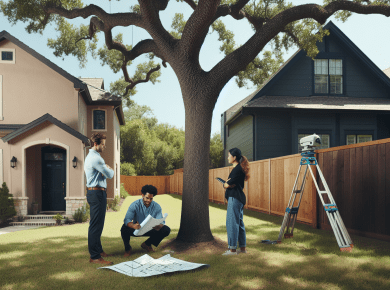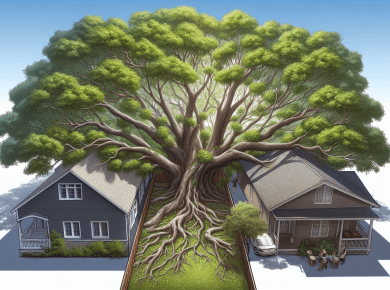Dealing with Your Neighbor’s Tree Problems
So, your neighbor’s dead or dangerous tree has got you worried. Instead of letting it bug you or cause a rift, let’s tackle it head-on with a bit of empathy and some solid steps.
Start with a Friendly Chat
First, have a friendly chat with your neighbor. Explain what’s been bothering you about the tree—maybe it’s leaning strangely, has a hollow trunk, or looks like it’s seen better days (Lawn Love). A face-to-face convo works best because it’s easier to show you care and really want to find a fix together.
You might want to jot down your thoughts beforehand. This way, when you talk, you’re clear and can pinpoint your concerns without drifting off topic. Be calm, respectful, and don’t spring it on them out of the blue—maybe set a specific time to talk about the issue, rather than just bringing it up in passing.
Suggest Getting an Expert Opinion
If your neighbor isn’t on board after your chat and you’re still worried, it’s time for Plan B: suggesting a professional look at the tree. A certified arborist can give a good rundown on the tree’s health and any hazards. Offer to pay or split the cost for the inspection to make the suggestion more appealing (Lawn Love).
Here’s a quick rundown of what to do next:
| Step | What to Do |
|---|---|
| Spot the Issues | Point out things like leaning, hollows, or bark damage. |
| Bring in the Pros | Suggest hiring a certified arborist for a proper look. |
| Share the Bill | Offer to pay or split the cost of the inspection. |
| Follow Up | Check back in after the arborist visit to discuss next steps. |
If the tree still poses a problem and you’ve tried everything, keep a record of all these talks and findings. This could be useful if you need to take it up a notch with formal letters or even legal advice. Check out our guide on working through tree disputes with neighbors for more detailed actions.
Addressing tree concerns with your neighbor doesn’t have to be a headache. Just a bit of understanding and clear communication can make a big difference. Happy chatting!
Handling Neighbor’s Dead Tree Issues
When a neighbor’s dead tree becomes a problem, a little bit of diplomacy mixed with documentation can save the day. To avoid future drama and protect your property, clear communication is key.
Writing the Perfect Letter
If chit-chat isn’t working, it’s time to put pen to paper. A well-organized letter to your neighbor can underscore your concerns and suggest steps to fix the situation. Here’s a handy guide to getting started:
- Introduction: Kick off with why you’re writing.
- Details of the Issue: Describe the tree’s condition and why it’s giving you the heebie-jeebies.
- Legal Implications: Gently drop hints about potential property damage costs and legal stuff. Make it clear that if anything happens, you won’t just sweep it under the rug.
- Request for Action: Politely ask them to take steps—prune it, chop it down—whatever needs doing.
- Conclusion: Wrap it up with a polite thank you for their attention.
Check out this basic outline for your letter:
| Section | Description |
|---|---|
| Introduction | Explain who you are and why you’re writing. |
| Details of the Issue | Share details about the tree’s condition and any hazards you’ve noticed. |
| Legal Implications | Mention potential risks and that you’ll be keeping an eye on it. |
| Request for Action | Ask for specific measures to manage the tree. |
| Conclusion | Thank them for considering your side. |
Keeping Track of Property Damage
If this dead tree decides to go rogue and wreak havoc on your property, you’re gonna need some solid evidence. Here’s how to get your ducks in a row:
- Photographic Evidence: Snap clear, dated photos of the damage and the tree. Think before-and-after shots.
- Notes: Jot down details about when and how the damage happened, including any neighborly chats about the tree.
- Copies of Prior Communications: Keep that letter you wrote safe. It shows you tried to be neighborly and fix things amicably.
Consulting an attorney might be the smart move if things get heated. They can give you the lowdown on your rights and next steps.
For more tips on managing tricky tree issues with neighbors, check out our guides on dead tree on neighbor’s property and neighbor’s tree over property line.
Your Legal Options
Got a dead tree situation next door that’s driving you nuts? Here’s what you can do if friendly chats with the neighbors don’t cut it. We’ll talk about filing a nuisance claim and getting some legal advice. Let’s jump right in.
Filing a Nuisance Claim
So, you’ve tried the polite route, but your neighbor’s still not interested in fixing that dangerous tree. You can take it up a notch by filing a nuisance claim. This is perfect if the tree is a danger to your home or your family. A nuisance claim helps you get the court involved to sort this out.
Here’s how it goes:
- Document Everything: Keep track of every conversation, email, or letter you’ve sent to your neighbor about the tree. This will be your backup in court.
- Gather Evidence: Snap some photos of the tree, and maybe get some witness statements if anyone’s seen it causing trouble.
- Talk to a Lawyer: Law isn’t always straightforward. A lawyer can tell you if your case holds water and what to expect.
Remember, knowing your rights is key. Check out more about dealing with a dead tree on neighbor’s property for some handy tips.
Seeking Legal Advice
Before you dive in with legal action, it’s smart to chat with a lawyer. They can give you the lowdown on tree laws and your rights.
Here’s what to bring up:
- Know Your Rights: Your lawyer can explain what’s legal and what’s not when it comes to property and trees.
- Check Your Options: Maybe there’s a simpler solution like mediation, where a neutral party helps sort things out.
- Get the Papers Ready: If you need to send a formal letter or go to court, your lawyer can help draw up the documents.
Keeping things cool and neighborly can sometimes solve the problem. Check out more tips on hashing out tree issues with neighbors here.
By knowing your rights and the best steps to take, you can handle the dead tree problem with as little drama as possible. And who knows? You might even keep the peace in the neighborhood.
